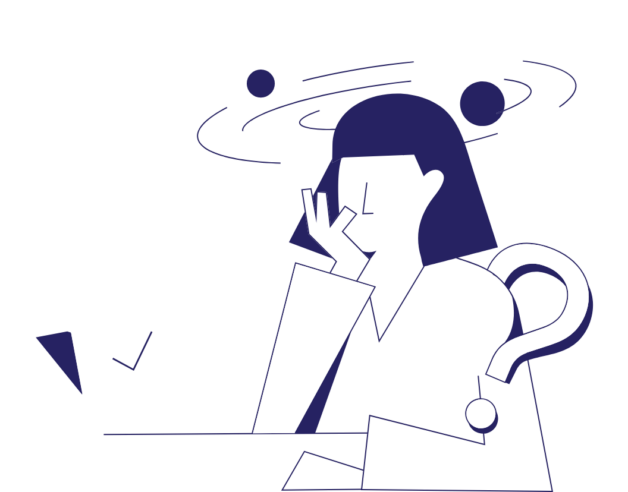
-
4-minute read
-
24th October 2023
Protagonist vs. Antagonist: What’s the Difference?
In fiction, characters play a pivotal role in shaping the narrative and engaging the reader’s emotions. Two essential character roles are the protagonist and antagonist. Each uniquely contributes to the story’s development. In this post, we’ll delve into the key distinctions between these character types and explore their significance in the art of storytelling.
What Is a Character Study in Fiction?
Before discussing the protagonist and antagonist, we should consider the concept of a character study in fiction. A character study involves a detailed examination of a character’s traits, motivations, and development throughout a story, allowing readers to connect with that character on a deeper level and adding depth to the narrative. A story’s protagonist and antagonist will often have opposing traits, and authors frequently base fictional characters on recognizable archetypes.
What Is a Protagonist?
The protagonist is often (though not necessarily) referred to as the story’s “hero” or central character. They are the character around whom the plot revolves and whose journey the reader follows with keen interest. Driven by specific goals or desires, protagonists are typically portrayed as relatable and morally upright. Their character is likely to develop or change for the better as the story progresses.
Characteristics of protagonists include the following:
● Are central to the story’s conflict
● Often have noble intentions or clear goals (or develop these through the course of the story)
● Evolve and grow throughout the narrative
● Elicit empathy (readers tend to identify with and root for the protagonist)
What Is an Antagonist?
At the other end of the spectrum is the antagonist, the character responsible for opposing the protagonist’s objectives. Antagonists can take many forms: villains, personal obstacles, inner demons. The antagonist’s primary role is to create conflict and tension in the story.
Characteristics of antagonists include the following:
● Directly oppose the protagonist’s goals
● May have motivations that clash with the protagonist’s
● Can be morally ambiguous or even malevolent
● Drive the plot’s conflicts through their actions
Find this useful?
Subscribe to our newsletter and get writing tips from our editors straight to your inbox.
Subscribe to Beyond the Margins and get your monthly fix of editorial strategy, workflow tips, and real-world examples from content leaders.
How Are Protagonists and Antagonists Different?
The fundamental differences between the protagonist and the antagonist are summed up below.
Roles in the Story
· Protagonist: Drives the story forward, often seeking to achieve a positive outcome
· Antagonist: Creates obstacles and challenges for the protagonist, hindering their progress
Motivations
· Protagonist: Typically has noble intentions or a clear goal that aligns with the story’s central theme
· Antagonist: May have motivations that oppose the protagonist’s or are driven by self-interest, thereby creating conflict
Character Development
· Protagonist: Undergoes growth and transformation throughout the story, making them relatable and dynamic
· Antagonist: May experience character development, depending on the story’s focus
Reader’s Perspective
· Protagonist: Readers often empathize with the protagonist and root their success
· Antagonist: Readers may understand their motivations but usually hope for their downfall
Impact on the Plot
· Protagonist: Shapes the story’s direction and resolution
· Antagonist: Introduces conflicts and challenges that the protagonist must overcome, thereby driving the plot forward
The protagonist and antagonist are thought of as essential elements of a compelling story. While the protagonist drives the narrative with their goals and growth, the antagonist adds depth by creating conflict and obstacles. These contrasting roles work in tandem to captivate readers and keep them engaged in the characters’ journeys, creating a truly immersive storytelling experience. Understanding the nuances of these character types is crucial for writers and avid readers alike because these features contribute to the rich tapestry of fictional worlds.
So the next time you pick up a novel or watch a movie, pay close attention to the interplay between the protagonist and antagonist, and you’ll gain a deeper appreciation for the art of storytelling.




